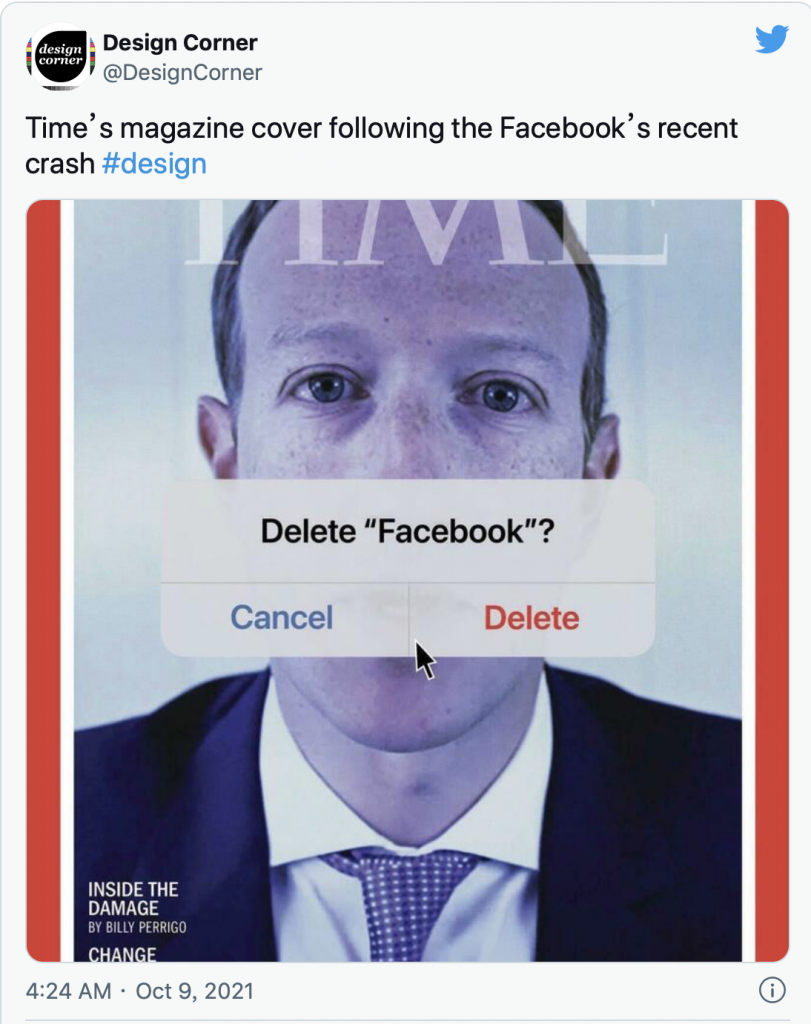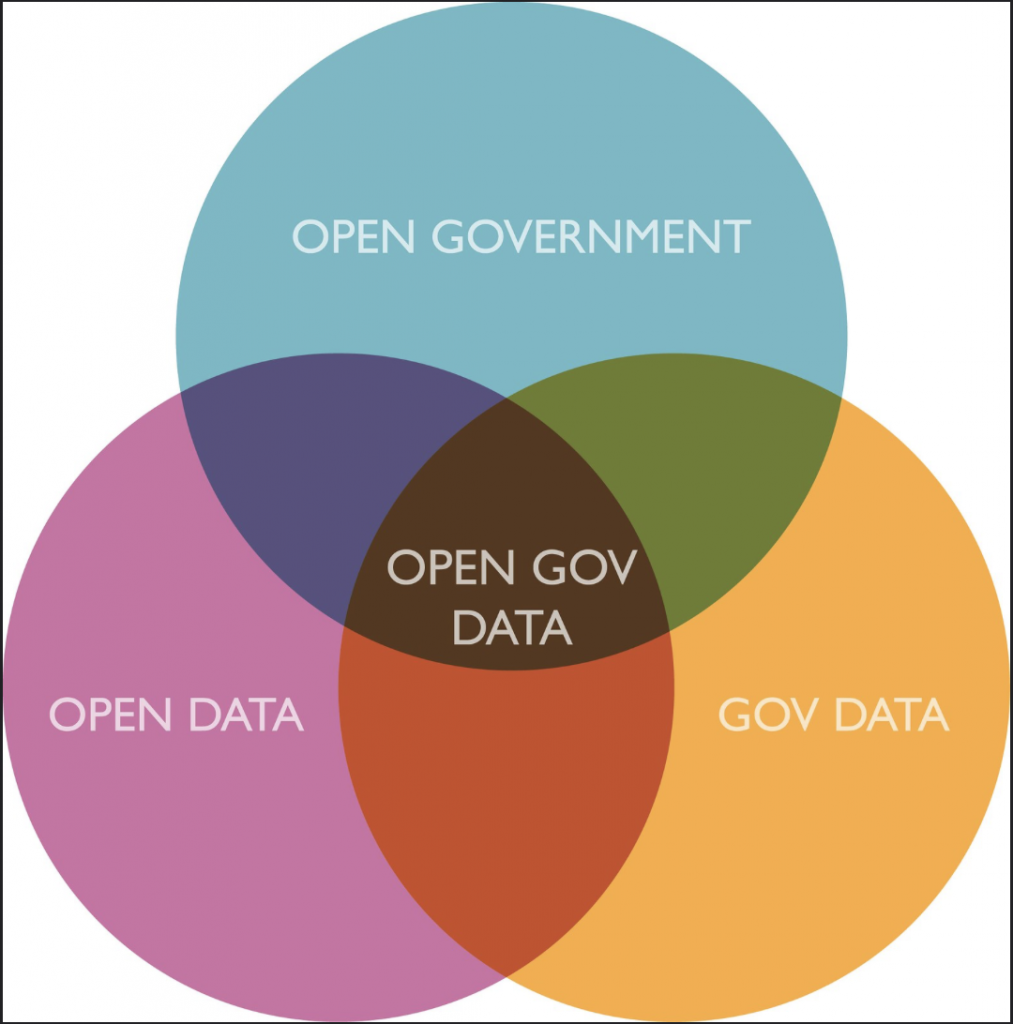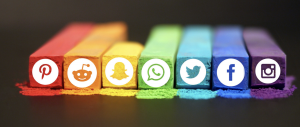“Social Media Icons on Chalk Sticks” by Jamie Spencer is licensed under CC BY 2.0
With the rise of global digital culture, the Internet platform plays an indispensable role in both the overall social economy and serving personal life. The Internet has penetrated into every corner of society. However, with the continuous growth and development of various Internet enterprises, problems such as techlash rise.
What is Techlash?
Techlash refers to the resistance or negative reaction to technology companies and their products, as well as the resistance to their unethical behavior (Mitroff &Storesund,2020).
It is not that the dissatisfied attitude towards all technology companies can be regarded as techlash, but some large companies that use the strong position of the market to create unfair competition rules and abuse their ability to monopolize the market, such as Facebook, Google, and Amazon.
Negative effects of techlash?
- Monopoly / unfair competition:
First of all, from the overall perspective of the digital media market, the monopoly of large Internet platforms is undoubtedly the strangulation of other media platforms. For example, in China, Meituan occupies the main position of the delivery platform (Shi, Tao, Cao &Pei,2021). While DiDi Dache occupies the main position in the taxi industry (Chen, 2018). Meanwhile, as the largest social platform, WeChat has services to meet most of the needs of people. It is not only a communication platform for people, but also provides multi-functional services, such as code scanning online payment, and medical services. What is more, WeChat cooperates with a number of giants (like Meituan and DiDi) in various Internet fields to provide services directly. On the one hand, it is a way to provide people with convenient services, expand the business areas and improve the economic benefits of the company. On the other hand, such behavior also reflects that large technology companies are monopolizing the lives of people, and the strangulation of other brokerage companies.
(Nanjing Marketing Group, 2020)
Nanjing Marketing Group. (2020). A Tour of WeChat – China’s Super-App [Video].
Source: Youtube https://www.youtube.com/watch?v=6qWgT6GbwjI&t=646s.
2. The harm of monopoly to individuals and industries:
In this case, the second negative impact occurred. Once the monopolist breaks down, it will cause losses to the life of users and the social economy. For instance, Facebook and its apps, Instagram, Messenger, WhatsApp were interrupted on October 4, 2021 (Lawler & Heath, 2021). As a large media company, Facebook and its software accounted for most of the media users. According to the survey of ACCC, there are about 17.3 million Australians access Facebook each month with 112 million people entered Instagram (ACCC,2019, P.43). Such a crash will reduce user trust and give competitors opportunities.
 Tweet by Design Corner. (2021). Source: Twitter
Tweet by Design Corner. (2021). Source: Twitter
For example, during the interruption, many users choose to complain about Facebook on Twitter (Design Corner, 2021). At the same time, the interruption of the monopolist will also hinder the decline of the interests of the industry involved. For example, online advertising is both a competitive and cooperative relationship with social media platforms (ACCC,2019, P.122). The media platform receives benefits and puts advertisements on the audience to promote purchase. Although the Facebook event has only stopped operation for a short period of six hours, it has caused great losses to businesses that rely on Facebook to do business. Under such circumstances, the necessity of antitrust and developing more platforms has been highlighted.
3. Negative speech, Racism, Fake news, Plagiarism:
According to the speech of Berners-Lee, the father of the World Wide Web, It can be found that the web is not only an online public communication debate, but also provides more portable and extensive functions for the dissemination of hate speech (Berners-Lee, 2018). What is more, with the increasing convenience of network technology, contemporary media also contribute to copyright infringement (Suzor, 2019). Furthermore, In democratic countries, the media have absolute freedom of speech(Lijphart, 2012). On the one hand, it protects the interests of citizens, on the other hand, under the surface of freedom of speech, it also contributes to improper speech, fake news, and even racism.
Solution
Self-regulation:
For the problems of techlash, it can be divided into three main ways. First, contact the technology company itself, that is, the digital platform for self-regulation. Technology companies often know their business and problems best, with an ability to take better improvement measures. Moreover, from the perspective of corporate social responsibility, technology companies have the obligation to protect the privacy of users and social security. At the same time, compared with government supervision and individual supervision, whit the former is slow in implementation, while the latter has limited implementation capacity. The implementation of self-regulation of technology companies is often faster and more effective. For example, after studying the use of their own software, Youtube and Google responded to copyright protection and created ‘notice and takedown’ and ‘automated enforcement’ functions to protect the rights and interests of consumers (Suzor, 2019). Although self-regulation is the most effective way to achieve this, which depends on the awareness of the platform itself. It is worth mentioning that the main motivation of media companies is to make profits through enterprise growth with rarely consider public value. Under such circumstances, whether the platform will achieve more fair and comprehensive self-monitoring and implementation still need to be considered.
Government regulation:
Next, when it comes to government supervision, the executive ability of it is stronger, and the guarantee and supervision based on laws and regulations will also be strengthened. Among that, many government departments in Australia have formulated more detailed introduction regulations for different aspects of the media. For example, departments led by the Australian Communication and Media Authority(ACMA) and the Australian Competition and Consumer Commission(ACCC) have guaranteed competition in the industry and user safety (Cunningham &Turnbull, 2014, PP.117-118). Government regulation is undoubtedly the most powerful. However, it also means a layer of strict review. From finding problems to issuing policies, the action of government regulation is slow, which makes it unable to keep up with the speed of scientific and technological innovation, so as to reduce the timeliness. At the same time, media is an invisible thing. Many times, the business of media companies is transnational. Just like Google made by American companies, which also loved by users in Australia. The legal systems of different countries are different, and it is difficult for governments to realize transnational supervision.

“open government data – simple venn diagram” by justgrimes is licensed under CC BY-SA 2.0
Regulation of NGO:
Finally, the last way can be understood as civil society organizations supervising media companies. In fact, citizens, as users of media software, are the group that can best reflect the needs of users. Meanwhile, allowing non-governmental organizations to participate in supervision and management is also a way to improve social protection rights and interests. For instance, non-governmental organization n-ost and its cooperative enterprises have a unique way to supervise the supervision of journalists and media content (n-ost, n.d.) Citizen organizations can more resonate with the masses and receive more information. However, the capacity of non-governmental organizations is limited. They have neither the actual ability to change the software nor the legal effect. They often rely on the cooperation of technology companies and the government itself.
In fact, regulating the Internet is a huge challenge. Although there are hidden dangers in the above three solutions, it is not an illusion to realize the remediation of the Internet (Deuze & Prenger, 2019, PP.166-167). The three methods are independent but complementary. If the integration of organizations can be achieved, techlash is expected to be broken.
Conclusion
To conclude, this work is about techlash, with discussed the monopoly of big companies, the oppression of other companies, and the harm to the interests of user groups. Also, the solutions are given in combination with self-regulation, government organization regulation, and non-citizen organization regulation. It is concluded that the problems caused by contemporary techlash are extensive. Although the above three schemes have disadvantages, the self-regulation of technology companies is more effective in general. What is more, if the cooperation between the three organizations can be realized, this paper believes that the negative impact of techlash can be effectively resisted.
References
ACCC. (2019). Digital Platforms Inquiry Final Report. Canberra: Commonwealth of Australia 2019. PP.43,122
Arend Lijphart, ‘The Westminster Model of Democracy’ and ‘The Consensus Model of Democracy’, Chapters 2 and 3 from Patterns of Democracy, 3rd edition, New Haven, Yale University Press, 2012.
Berners-Lee, T. (2019). 30 years on, what’s next #ForTheWeb? World Wide Web Foundation. https://webfoundation.org/2019/03/web-birthday-30/
Chen, J. Y. (2018). Thrown under the bus and outrunning it! The logic of Didi and taxi drivers’ labour and activism in the on-demand economy. New Media & Society, 20(8), 2691–2711. https://doi.org/10.1177/1461444817729149
Cunningham, S., & Turnbull, S. (2014). The media & communications in Australia (4th edition.). Allen & Unwin. PP.117-118
Deuze, M., & Prenger, M. (2019).Making Media: Production, Practices, and Professions. Amsterdam University Press, pp.166-167.
Lawler, R., & Heath, A. (2021). Facebook is back online after a massive outage that also took down Instagram, WhatsApp, Messenger, and Oculus. The Verge. Retrieved from https://www.theverge.com/2021/10/4/22708989/instagram-facebook-outage-messenger-whatsapp-error.
Mitroff, I. I., & Storesund, R. (2020). Techlash. Springer.
N-ost.org. About Us. Retrieved from https://n-ost.org/about-us.
Shi, Y., Tao, T., Cao, X., & Pei, X. (2021). The association between spatial attributes and neighborhood characteristics based on Meituan take-out data: Evidence from shanghai business circles. Journal of Retailing and Consumer Services, 58, 102302–. https://doi.org/10.1016/j.jretconser.2020.102302
Suzor, N. P. (2019). How Copyright Shaped the Internet in Lawless: The Secret Rules That Govern our Digital Lives. Cambridge, UK: Cambridge University Press. p.61.
Pictures&Video
1.
Nanjing Marketing Group. (2020). A Tour of WeChat – China’s Super-App [Video]. https://www.youtube.com/watch?v=6qWgT6GbwjI&t=646s.
2.
“open government data – simple venn diagram” by justgrimes is licensed under CC BY-SA 2.0
(justgrimes. (2012). open government data – simple venn diagram [Image]. https://www.flickr.com/photos/44718928@N00/6897137283.)
3.
DesignCorner. (2021). Time’s magazine cover following the Facebook’s recent crash #design [Blog]
https%3A%2F%2Ftwitter.com%2FDesignCorner%2Fstatus%2F1446572172936425478&widget=Tweet
4.
“Social Media Icons on Chalk Sticks” by makeawebsitehub is licensed under CC BY 2.0
Based on a work at https://search.creativecommons.org/photos/e0899d66-b6e6-4979-
(Spencer, J. (2011). Social Media Icons on Chalk Sticks [Image]. https://search.creativecommons.org/photos/e0899d66-b6e6-4979-.)

This work is licensed under a Creative Commons Attribution 4.0 International License.
